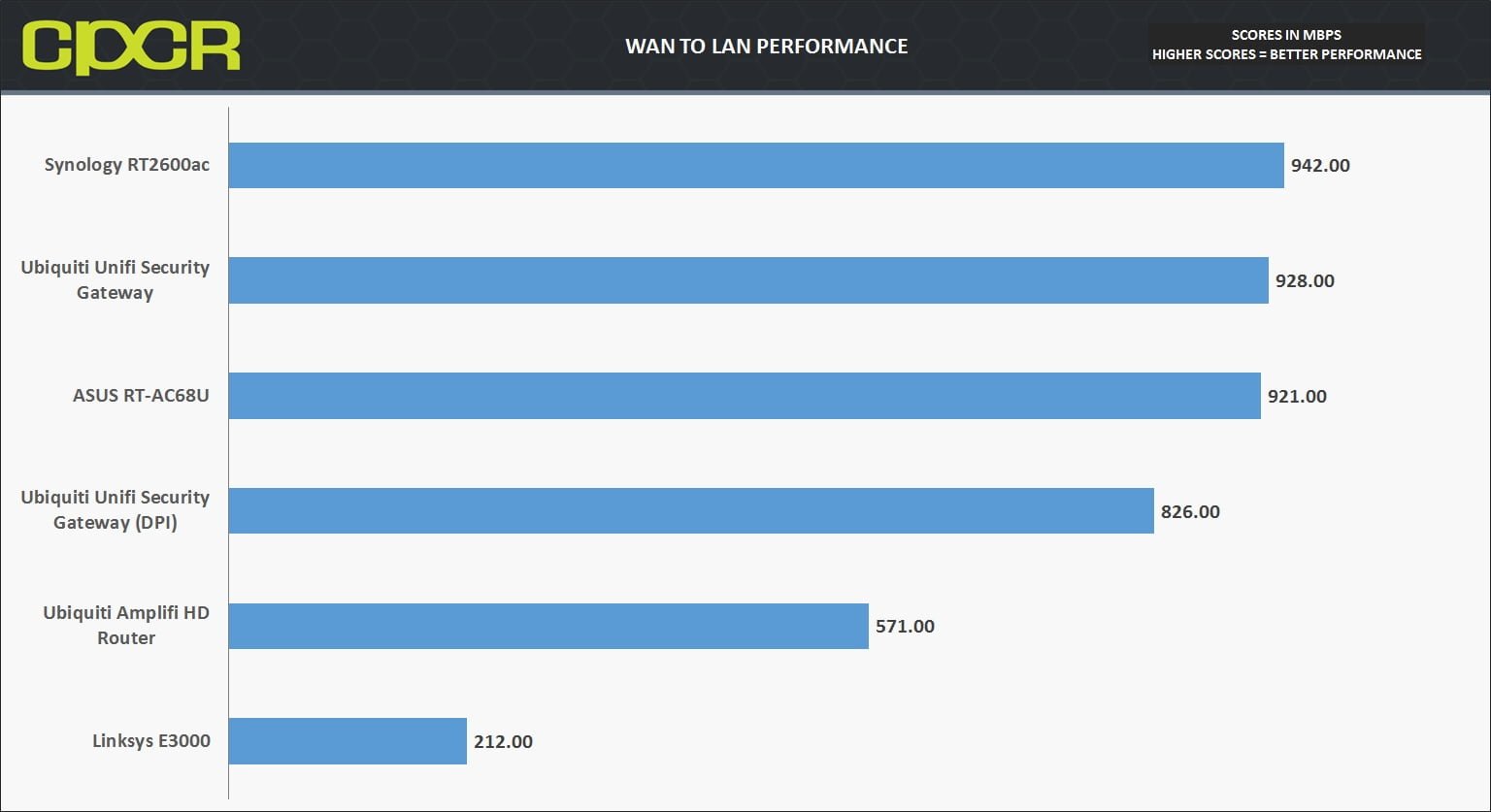

- #Install iperf2 unifi usg install#
- #Install iperf2 unifi usg upgrade#
- #Install iperf2 unifi usg software#
- #Install iperf2 unifi usg password#
The base UDM gets by fine with 2 GB of RAM, and that has to run a controller. Some people have complained about the 2 GB of RAM in the UXG-Pro, but it should be more than enough for routing and firewall use.
#Install iperf2 unifi usg software#
The UXG-Pro doesn’t have to run any extra software like the UDM-Pro does. This is disappointing, but it makes sense. It also has half the RAM of the UDM-Pro, 2 GB vs 4 GB. The UXG-Pro has the same CPU as the UDM line, which should make it capable of very high throughput with IDS/IPS and other security features enabled. The UXG-Pro has most of the networking features of the UDM-Pro, including 10 Gbps SFP+ ports and multi-gigabit IDS/IPS performance. It also lacks support for UniFi Talk and UniFi Access, since those are part of the UniFi Controller. The UXG-Pro lacks the built-in UniFi controller and the 3.5” hard drive bay for UniFi Protect. The main difference between the UDM-Pro and the UXG-Pro are a few hardware features. This is the same display the UDM-Pro and 2nd Gen Switches have, which displays information on the device and the network. The UXG-Pro is a rackmount device with two 10 Gbps SFP+ ports, two gigabit Ethernet ports, support for the UniFi RPS for redundant power, and a 1.3” touch display on the front. They are meant for more complex installations, like a medium-sized business or an enthusiast-level home network. There is another discussion on this topic, “ USG Cloud Controller Adoption – could it be more difficult?” but I recommend against using this thread as the accepted solution isn’t quite correct.Both the UDM-Pro and UXG-Pro are routers that are meant to be used with other equipment in a rack, such as switches, with multiple access points or cameras.
#Install iperf2 unifi usg upgrade#
Note: I didn’t come up with this on my own, see the Ubiquiti forum thread, “ Can’t upgrade USG to newer firmware.” ilkevinli provides the meat of this solution, I’ve just added window dressing and taken away (what I sometimes find to be) the confusing conversation around the solution. Use the command info to view the current firmware from the USG command line.Īt this juncture you should have a successfully updated USG.When the system comes back up (solid white or blue light) you can connect to the USG again to verify that the firmware took.
#Install iperf2 unifi usg install#

#Install iperf2 unifi usg password#


 0 kommentar(er)
0 kommentar(er)
